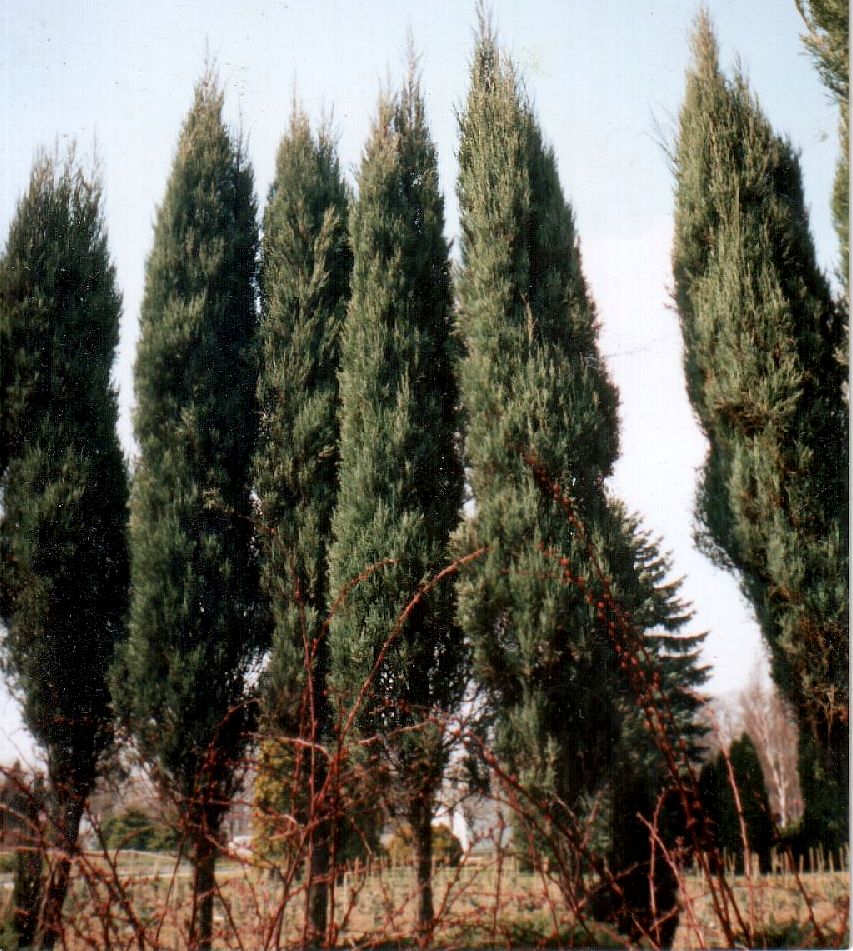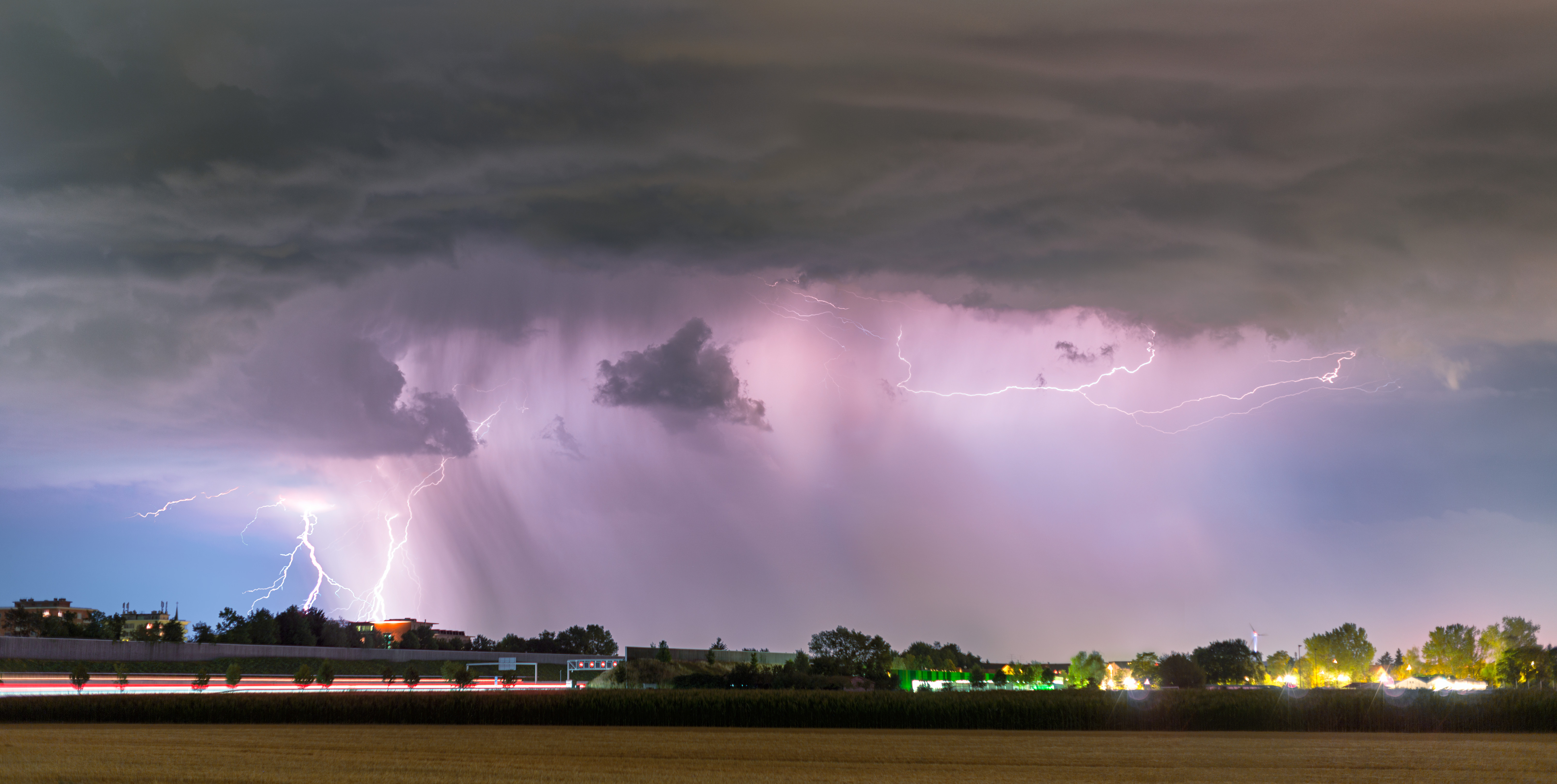|
Wakinyan
Wakíŋyaŋ is a Lakota word for "thunder." It also may be a portmanteau word which associates "wahka" ("sacred") and "kinyan" ("wings"). The word is usually translated as "Thunder Spirits", "Thunder Beings," or " Thunder Birds". Heyokas, that is contrarians, dream of Wakinyan and can burn cedar (''Juniperus scopulorum ''Juniperus scopulorum'', the Rocky Mountain juniper, is a species of juniper native to western North America, from southwest Canada to the Great Plains of the United States. Description ''Juniperus scopulorum'' is a small evergreen conifer ...'') to protect themselves from thunder and lightning, since Wakinyan respects and will not harm that tree. References Lakota mythology Lakota culture Thunder gods Lakota words and phrases {{NorthAm-myth-stub ... [...More Info...] [...Related Items...] OR: [Wikipedia] [Google] [Baidu] |
Lakota Mythology
Lakota mythology is the body of sacred stories that belong to the Lakota people also known aTeton Sioux Overview The Lakota believe that everything has a spirit; including trees, rocks, rivers, and almost every natural being. This therefore leads to the belief in the existence of an afterlife. Creation According to Lakota belief, Inyan (Rock), was present at the very beginning, and so was the omnipresent spirit Wakan Tanka, the Great Mystery, and the darkness Han. Inyan wanted to exercise his powers, or compassion, so he created Maka (the Earth) as part of himself to keep control of his powers. But he sacrificed much of his blood by doing so, which became water, and he shriveled up, became hard, and begins losing his powers. The water cannot retain his powers, and Skan was created. Maka complains to Inyan that everything is cold and dark, and so he creates Anpo, the Dawn. As Anpo's red light was not enough for Maka, Inyan creates Wi, the Sun. Maka now wanted to be separate fro ... [...More Info...] [...Related Items...] OR: [Wikipedia] [Google] [Baidu] |
Lakota Language
Lakota ( ), also referred to as Lakhota, Teton or Teton Sioux, is a Siouan language spoken by the Lakota people of the Sioux tribes. Lakota is mutually intelligible with the two dialects of the Dakota language, especially Western Dakota, and is one of the three major varieties of the Sioux language. Speakers of the Lakota language make up one of the largest Native American language speech communities in the United States, with approximately 2,000 speakers, who live mostly in the northern plains states of North Dakota and South Dakota. Many communities have immersion programs for both children and adults. The language was first put into written form by European-American missionaries around 1840. The orthography has since evolved to reflect contemporary needs and usage. History and origin The Lakota people's creation stories say that language originated from the creation of the tribe. Other creation stories say language was invented by Iktomi. Phonology Vowels Lakota has fi ... [...More Info...] [...Related Items...] OR: [Wikipedia] [Google] [Baidu] |
Portmanteau Word
A portmanteau word, or portmanteau (, ) is a blend of wordsGarner's Modern American Usage , p. 644. in which parts of multiple words are combined into a new word, as in ''smog'', coined by blending ''smoke'' and ''fog'', or ''motel'', from ''motor'' and ''hotel''. In , a portmanteau is a single morph that is analyzed as representing two (or more) underlying s. When portmanteaus shorten es ... [...More Info...] [...Related Items...] OR: [Wikipedia] [Google] [Baidu] |
Thunderbird (mythology)
The thunderbird is a legendary creature in certain North American indigenous peoples' history and culture. It is considered a supernatural being of power and strength. It is especially important, and frequently depicted, in the art, songs and oral histories of many Pacific Northwest Coast cultures, but is also found in various forms among some peoples of the American Southwest, East Coast of the United States, Great Lakes, and Great Plains. In modern times it has achieved notoriety as a purported cryptid, similar to creatures such as Bigfoot, and the Loch Ness Monster. General description The thunderbird is said to create thunder by flapping its wings (Algonquian), and lightning by flashing its eyes (Algonquian, Iroquois). Algonquian The thunderbird myth and motif is prevalent among Algonquian peoples in the "Northeast", i.e., Eastern Canada (Ontario, Quebec, and eastward) and Northeastern United States, and the Iroquois peoples (surrounding the Great Lakes). The dis ... [...More Info...] [...Related Items...] OR: [Wikipedia] [Google] [Baidu] |
Heyoka
The heyoka (, also spelled "haokah," "heyokha") is a kind of sacred clown in the culture of the Sioux (Lakota and Dakota people) of the Great Plains of North America. The heyoka is a contrarian, jester, and satirist, who speaks, moves and reacts in an opposite fashion to the people around them. Only those having visions of the thunder beings of the west, the , and who are recognized as such by the community, can take on the ceremonial role of the heyoka. The Lakota medicine man, Black Elk, described himself as a ''heyoka'', saying he had been visited as a child by the thunder beings. Social role The is thought of as being in charge for above and below, or are more in charge for the dead, instead of the living. This manifests by their doing not always everything like the others. For example, if food is scarce, a may sit around and complain about how full he is; during a baking hot heat wave, a might shiver with cold and put on gloves and cover himself with a thick blanket. ... [...More Info...] [...Related Items...] OR: [Wikipedia] [Google] [Baidu] |
Juniperus Scopulorum
''Juniperus scopulorum'', the Rocky Mountain juniper, is a species of juniper native to western North America, from southwest Canada to the Great Plains of the United States. Description ''Juniperus scopulorum'' is a small evergreen conifer reaching , rarely to 20 m, tall, with a trunk up to , rarely 2 m, in diameter. The shoots are slender, diameter. The leaves are arranged in opposite decussate pairs, or occasionally in whorls of three; the adult leaves are scale-like, 1–3 mm long (to 5 mm on lead shoots) and broad. The juvenile leaves (on young seedlings only) are needle-like, 5–10 mm long. The seed cones are berry-like, globose to bilobed, in diameter, dark blue with a pale blue-white waxy bloom, and contain two seeds (rarely one or three); they are mature in about 18 monthsFarjon, A. (2005). ''Monograph of Cupressaceae and Sciadopitys''. Royal Botanic Gardens, Kew. Adams, R. P. (2004). ''Junipers of the World''. Trafford. Flora of North America''J ... [...More Info...] [...Related Items...] OR: [Wikipedia] [Google] [Baidu] |
Lakota Culture
Lakota may refer to: *Lakota people, a confederation of seven related Native American tribes *Lakota language, the language of the Lakota peoples Place names In the United States: *Lakota, Iowa *Lakota, North Dakota, seat of Nelson County *Lakota Local School District (other), two districts in Ohio In other countries: *Lakota, Ivory Coast, a town in Ivory Coast *Lakota Department, a department in Ivory Coast Other uses *Lakota (club), a Bristol nightclub *Lakota (surname) *Lavolta Lakota, a post-punk band *UH-72 Lakota, an American military helicopter See also * *Lakota Local School District (other) *Republic of Lakotah, a proposed independent republic within the northern Great Plains of the US {{disambig, geo Language and nationality disambiguation pages ... [...More Info...] [...Related Items...] OR: [Wikipedia] [Google] [Baidu] |
Thunder Gods
Polytheistic peoples from many cultures have postulated a thunder god, the personification or source of the forces of thunder and lightning; a lightning god does not have a typical depiction, and will vary based on the culture. In Indo-European cultures, the thunder god is frequently known as the chief or King of the Gods, e.g. Indra in Hinduism, Zeus in Greek mythology, and Perun in ancient Slavic religion. Thunder gods Mediterranean * God in Abrahamic religions * Teshub (Hurrian mythology) * Adad, Bel, Ishkur, Marduk ( Babylonian-Assyrian mythology) * Baʿal, Hadad ( Canaanite and Phoenician mythology) * Set (Egyptian mythology) * Aplu (Hurrian mythology) * Tarḫunna (Hittite mythology) * Tarḫunz (Luwian mythology) *Vahagn (Armenian Mythology) *Zibelthiurdos (Thracian mythology) * Zeus (Greek Mythology) * Jupiter (Roman Mythology) * Northwestern Eurasia * Armazi (god) Georgian Mythology * Afi ( Abkhaz Mythology) * Ambisagrus, Loucetios (Gaulish mythology) * ... [...More Info...] [...Related Items...] OR: [Wikipedia] [Google] [Baidu] |




